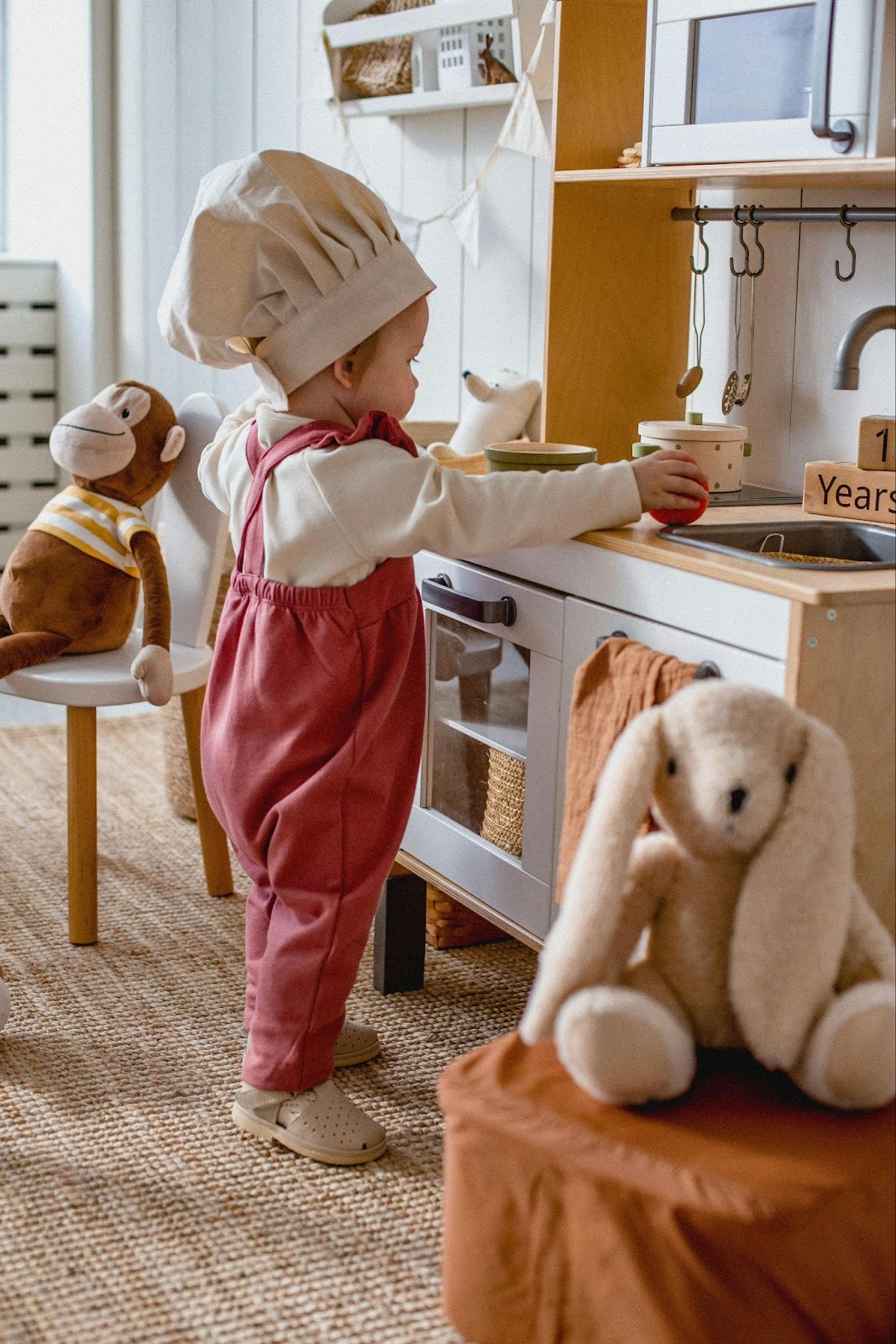No parent will enjoy their time in the park when one of their kids is throwing tantrums. No one will enjoy a quiet afternoon with a baby when that baby is frustrated and struggling to communicate that frustration.
I am certain that frustrations and tantrums can cripple even the most stoic of people and all it does is breed more frustration.
The good thing is that baby sign language can reduce a child’s frustration and the likelihood of tantrums occurring. Baby Sign Language at its core is a tool that helps babies and their parents communicate effectively using signs.
The ability to communicate is a vital tool that children and parents need. Is your child easily frustrated? Do you want to know what is causing your child’s fits of rage? Then this article is for you. I’ll explain how Baby Sign Language can help.
What Can Cause Your Baby to Lash Out in Frustration?
Photo by Stephen Andrews
Tantrums have been common among children for as long as humans have had children. Even the calmest of babies, who seem like the second coming of Gandhi will face frustration as they grow and interact more with the world around them.
There are a couple of things that can cause tantrums. However, when the tantrum is happening, a parent can be so focused on the baby’s reaction that they become blind to the cause of the outburst.
So, below are a few causes of tantrums. If your baby’s reason for throwing a fit isn’t on the list, that is fine. Babies are very different.
- Exhaustion: When a baby or a young child is exhausted and can’t find suitable rest, you can bet that a fit is coming. The signs might be subtle at first, with a scratching of the eyes, or constant yawning. If that doesn’t work, crying, screaming, or kicking might ensue.
- Hunger: This is a common one. If you hang out with breastfeeding mothers a lot, you will notice a trend where they immediately, without thinking about it, begin unbuttoning their blouses once their babies begin crying. Hunger easily makes children frustrated and it can lead to tantrums.
- Discomfort: When a child is uncomfortable, like during a car ride, or when forced to sit up for long periods, frustration can build up. A baby can also be uncomfortable when a diaper is wet or messy. Whatever the reason, discomfort that isn’t attended to can lead to tantrums.
- As babies get used to the world around them, they will develop interests. One of those interests might be playing with a particular toy or object. Taking that object away from them can lead to frustration and cause a tantrum as well.
There are many other reasons babies become frustrated and cause tantrums, however these are the most common. You might be wondering, how baby sign language can help with all of this, I’ll show you.
How Baby Sign Language Reduces Frustration and Tantrums
Baby sign language is gradually becoming a common practice as information is more easily accessible than it was before, thanks to the internet. Parents who have taught their babies a couple of signs have noticed how it helps with tantrums.
Baby sign language reduces a child’s frustration in many ways:
- First, it equips your baby with the tools needed to communicate. You would be surprised that many babies cry out because that is the only sound they make that elicits a response from their parents.
- Baby sign language also reduces frustration and the possibility of a tantrum by helping the baby understand what is happening or about to happen. For example, if your child knows the sign for a bath, you can tell the child when it is time for a bath. They won’t be surprised when you begin undressing them.
- Baby sign language builds a stronger bond between babies and their parents. So, children can learn to communicate with their parents and trust that the parents will understand. This reduces their reliance on crying and throwing tantrums.
Signs of Progress
Photo by Pixabay
As far as frustration goes, you can expect a slight increase in frustration with your baby when you just begin teaching them signs. Depending on the child’s personality, this can be mild or explode into a full-blown series of fits.
However, with consistency, there will be progress. Of course, the first sign of progress is the baby making a sign (no pun intended). When a baby uses even a single sign, just once, then you can be sure that you are getting through.
Note that there will be a gap between when you begin teaching the sign and when the child begins using it. How you will know that success is just around the corner, is through the child’s concentration.
If you see the child following your gestures with their eyes, then you can be sure that they are trying to understand what they are seeing. Keep at it and you will be signing with your child soon.
Things to Be Cautious About
Yes, baby sign language can help with tantrums and frustration in children. However, it isn’t the perfect solution for everything.
Children are different and the reasons for their outbursts are different as well. So, baby sign language might not solve your child’s frustration if communication isn’t the cause. If a child is going through emotional trouble, maybe due to a divorce or relocation, the baby might need help that surpasses a couple of signs.
Also, note that baby sign language can be a difficult learning process for any baby, so patience on your part is needed. Children can feed off your energy, so if you get frustrated as a parent, your frustration might rub off on the child.
However, as with all things regarding children, consistency, love, and care are needed. Remember why you want to communicate with your baby and take it from there.
Conclusion
The possibility of teaching your child baby sign language can be overwhelming, which is why through Unspoken Language Services, I can help you figure out the best path to take in teaching your baby sign language. I’ll be happy to hear from you.
With the various amazing, personalized, and intuitive services available to guide you, I’m certain your baby will thank you later.
Thumbnail Photo Credit to: Photo by Keira Burton





